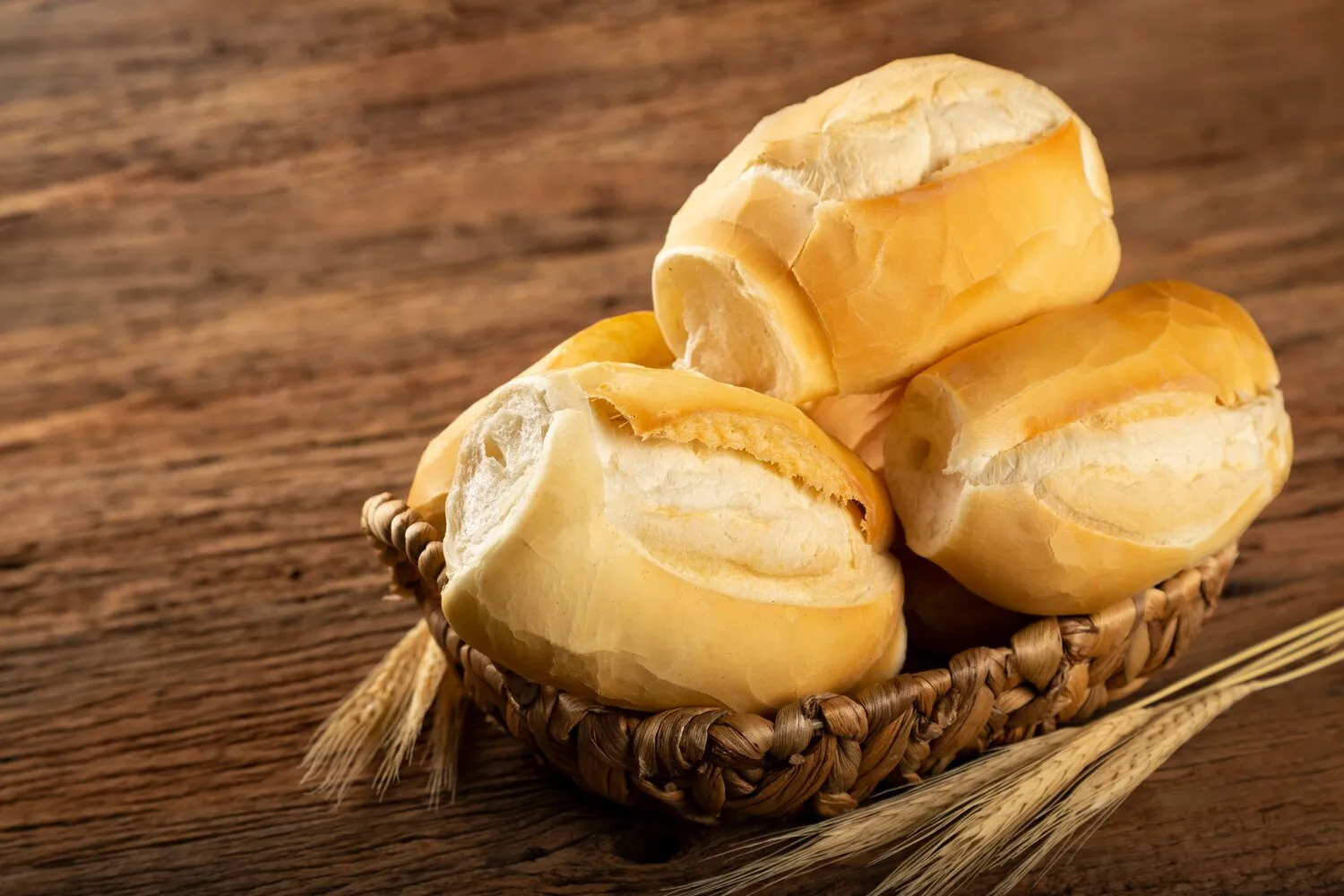
Pão Francês
Classic French bread roll, a staple in Brazilian bakeries.
Nutrition Facts
* The % Daily Value (DV) tells you how much a nutrient in a serving of food contributes to a daily diet. 2,000 calories a day is used for general nutrition advice.
Despite its name, Pão Francês (French Bread) is not a traditional French bread. Its origins are traced back to the early 20th century when Brazilian elites returning from Europe, particularly France, desired a bread similar to the 'pain de table' or 'viennoise' found there. Local bakers adapted their techniques to create a version that suited Brazilian tastes and ingredients, leading to the birth of this unique bread.
Pão Francês is deeply ingrained in Brazilian culture, representing a daily staple and a symbol of accessibility. It's a ubiquitous presence in bakeries, breakfast tables, and casual meals.
Daily Staple
It is consumed daily by a vast majority of Brazilians, usually as a breakfast item, a side dish for lunch or dinner, or as a simple snack. Its affordability makes it accessible to all socioeconomic classes.
Bakery Culture
The aroma of freshly baked Pão Francês is a defining characteristic of Brazilian neighborhood bakeries (padarias). These bakeries are community hubs, where people gather to buy bread, chat, and enjoy other baked goods.
Versatile Accompaniment
Pão Francês is incredibly versatile, paired with butter, cheese, ham, or enjoyed as a sandwich. It's also commonly used to soak up sauces in stews or soups, showcasing its adaptability in Brazilian cuisine.
Pão Francês offers a balanced flavor profile that combines a crisp crust with a soft, slightly chewy interior. Its subtle sweetness and wheaty aroma make it a versatile staple.
The predominant flavor is wheaty and slightly tangy due to the fermentation process. The crust provides a satisfying crunch and a subtle caramelized flavor from the baking process. While not overtly sweet, there's a mild sweetness that complements savory accompaniments. The interior is airy and slightly chewy, offering a pleasant texture contrast.
Proper Hydration
The dough should be properly hydrated (around 65-70% hydration). This ensures a light and airy crumb. Measure ingredients carefully and adjust water as needed based on flour absorption.
Fermentation Time
Adequate fermentation is crucial for developing flavor and texture. A slow, cold fermentation in the refrigerator overnight can significantly enhance the bread's complexity.
Scoring Technique
Scoring the loaves before baking allows for controlled expansion in the oven. Use a sharp blade or bread lame to make clean, even cuts. A diagonal slash is the most common.
Steam Injection
Creating steam in the oven during the initial baking period is vital for a crisp crust. You can achieve this by placing a tray of hot water on the bottom rack or spraying the oven with water a few times during the first few minutes of baking.
Explore additional Bread dishes and restaurants
Explore BreadDiscover top dining spots and culinary experiences in Recife.
Explore RecifeLearn more about the food culture, restaurant scene, and culinary heritage of Brazil.
Explore Brazil